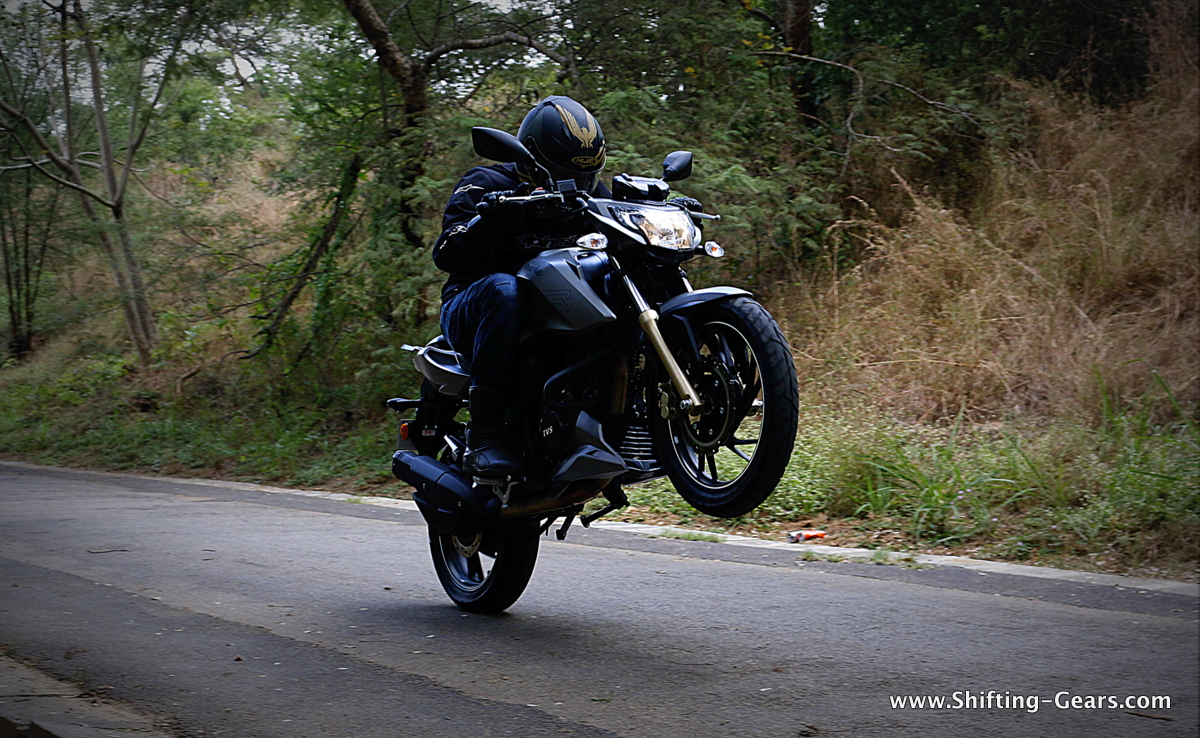TVS has introduced the new Apache RTR 200 4V in two fuel delivery configurations, one with a carburetor while the other with a fuel-injection. However, there’s more than just equipment which needs to be noted down.
Here’s a list of differences between the two models:
- CARBURETOR & EFI BRANDS: The carburetor is sourced from Keihin CV while the closed-loop EFI system is sourced from Bosch.
- POWER: The FI version produces 21 PS of power while the carb version produces 0.95 PS lesser.
- WEIGHT: At 148.5 kg, the FI version weighs 500 gms more than the carb model.
- POWER TO WEIGHT RATIO: The FI model produces 141.5 PS / tonne while the carb model produces 138.5 PS / tonne.
- PERFORMANCE: The FI model can accelerate from 0-60 kmph in 3.90 seconds while the carb model sprints in 3.95 seconds. Both bikes however have a claimed 0-100 performance of 12 seconds.
- TOP SPEED: The FI version has a higher top speed at 129 kmph compared to the carb models 127 kmph.
- THROTTLE RESPONSE: The throttle response on the FI version is crisper compared to the carb model.
- EMISSION COMPLIANCE: The FI version is BS-IV compliant while the carb version only meets the BS-III emission standards.
- EXHAUST NOTE: On the FI version, the exhaust note is more timed and throaty. Although both sound almost similar, you would surely notice the carb version to lack some bass.
- STYLING: Both bikes have no visual changes apart from the DFI Logic sticker on the engine cowl of the FI version.


